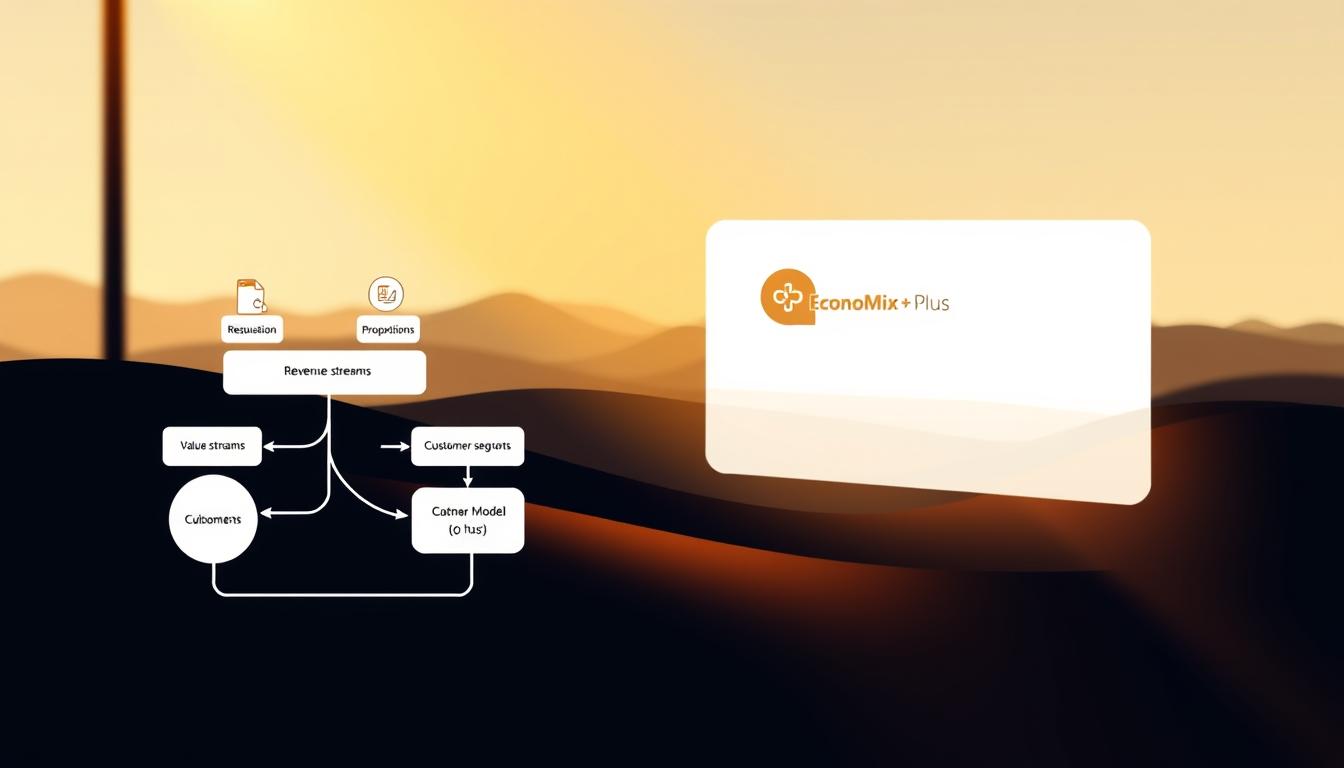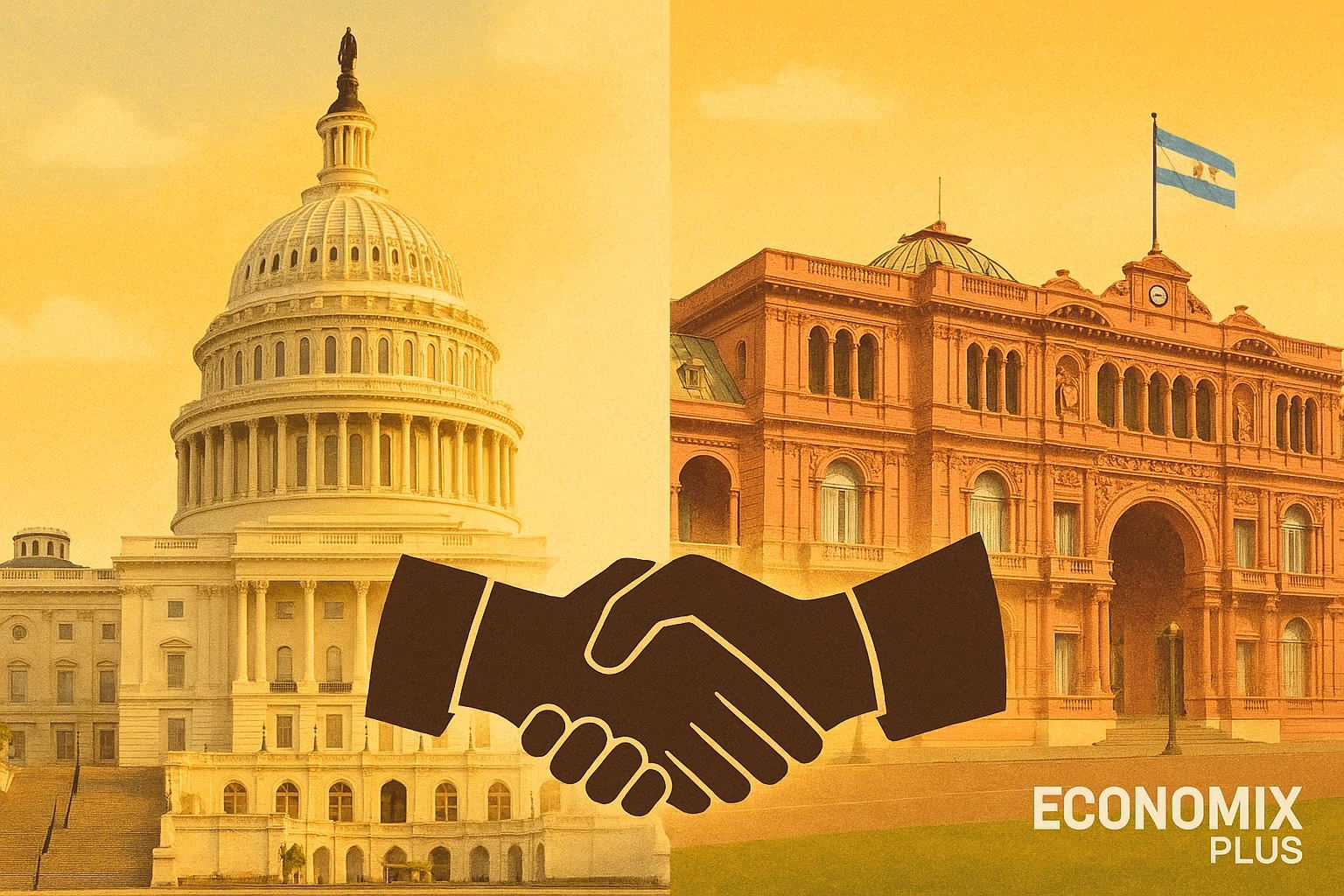Imagine waking up knowing every dollar you owe has a clear path to being erased. Sounds impossible? It’s not. Millions have turned overwhelming balances into manageable milestones—and you can too. The secret lies in a strategic approach tailored to your unique financial landscape.
This guide focuses on practical steps to assess your current obligations and build a roadmap that works. Unlike methods relying on risky investments or complex products, we’ll explore budget-friendly tactics that prioritize stability. You’ll learn how to categorize debts, identify priority payments, and align your spending with realistic goals.
Why does this matter? Without direction, high-interest credit cards or loans can trap you in a cycle. But with clarity, even small adjustments create momentum. Whether you’re tackling student loans or medical bills, consistent action beats wishful thinking every time.
Key Takeaways
- Assessing your debts is the first step toward financial freedom.
- Custom repayment strategies adapt to your income and lifestyle.
- Avoid methods tied to volatile markets or guaranteed-return schemes.
- Budget adjustments free up cash for faster debt reduction.
- Tracking progress keeps you motivated and accountable.
Understanding Your Debt Situation
Clarity is power when facing financial challenges. Before tackling payments, you need a complete snapshot of what you owe. Start by listing every obligation—credit cards, medical bills, personal loans, and other liabilities. Include balances, interest rates, and due dates. This step removes guesswork and reveals where to focus first.
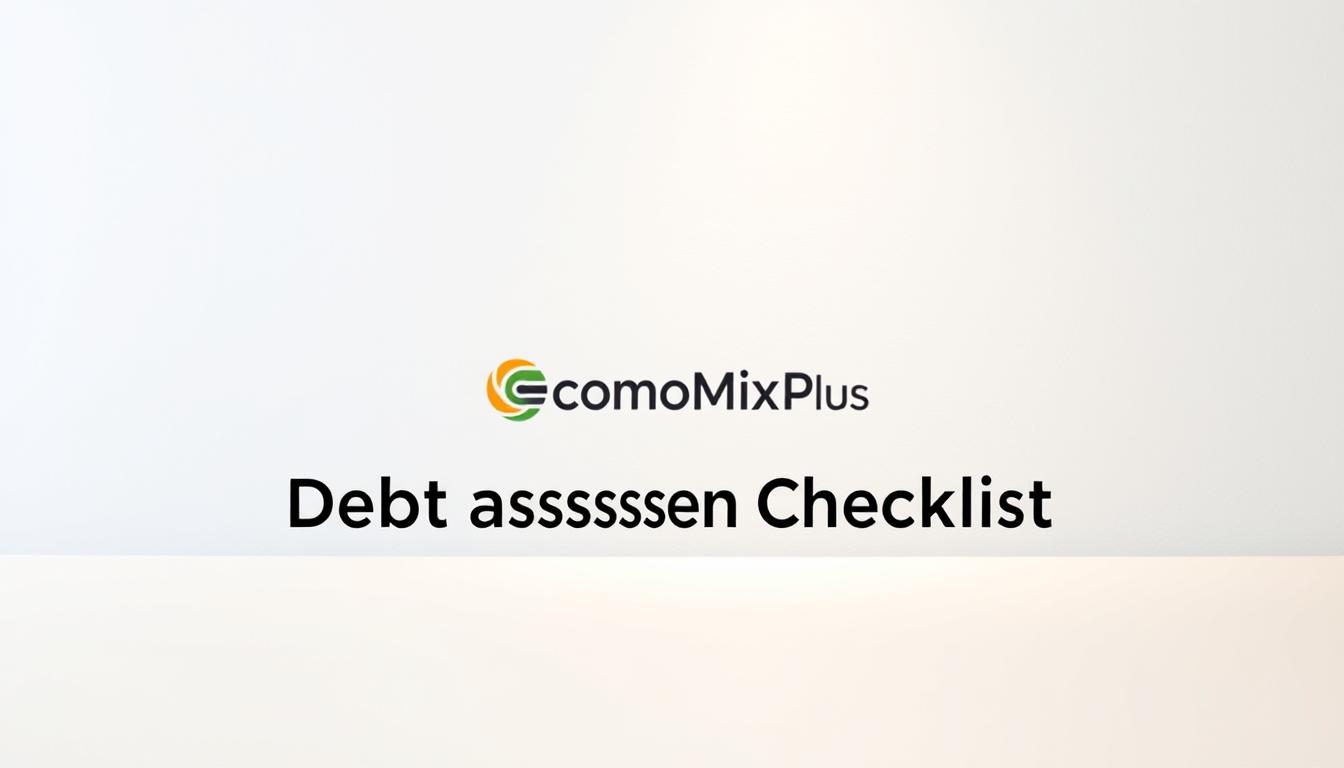
Assessing Your Total Debt Load and Types
Not all debts are equal. Prioritize high-interest credit cards or overdue payments threatening your credit score. Organize them by urgency and type. For example, a $5,000 loan with 18% APR demands faster action than a low-rate student loan. Exact numbers matter—$327 monthly vs. “a few hundred” creates accountability.
Reviewing Your Credit Report and Payment History
Your credit report is a financial mirror. Federal law allows free annual reports from AnnualCreditReport.com. Check for errors like incorrect balances or accounts you didn’t open. Payment history impacts 35% of your credit score—late marks here signal which debts need immediate attention. Fixing inaccuracies can boost your score, unlocking better repayment options.
Avoid shortcuts promising instant fixes through risky investments. Instead, use this data to build a foundation. Knowing your total debt load and credit health turns overwhelm into actionable steps.
Setting Clear Financial and Debt-Reduction Goals
A roadmap without checkpoints leads to endless detours. Start by defining what success looks like for your financial future. Specific targets—like slashing credit card balances by 30% in six months—turn vague intentions into actionable steps.
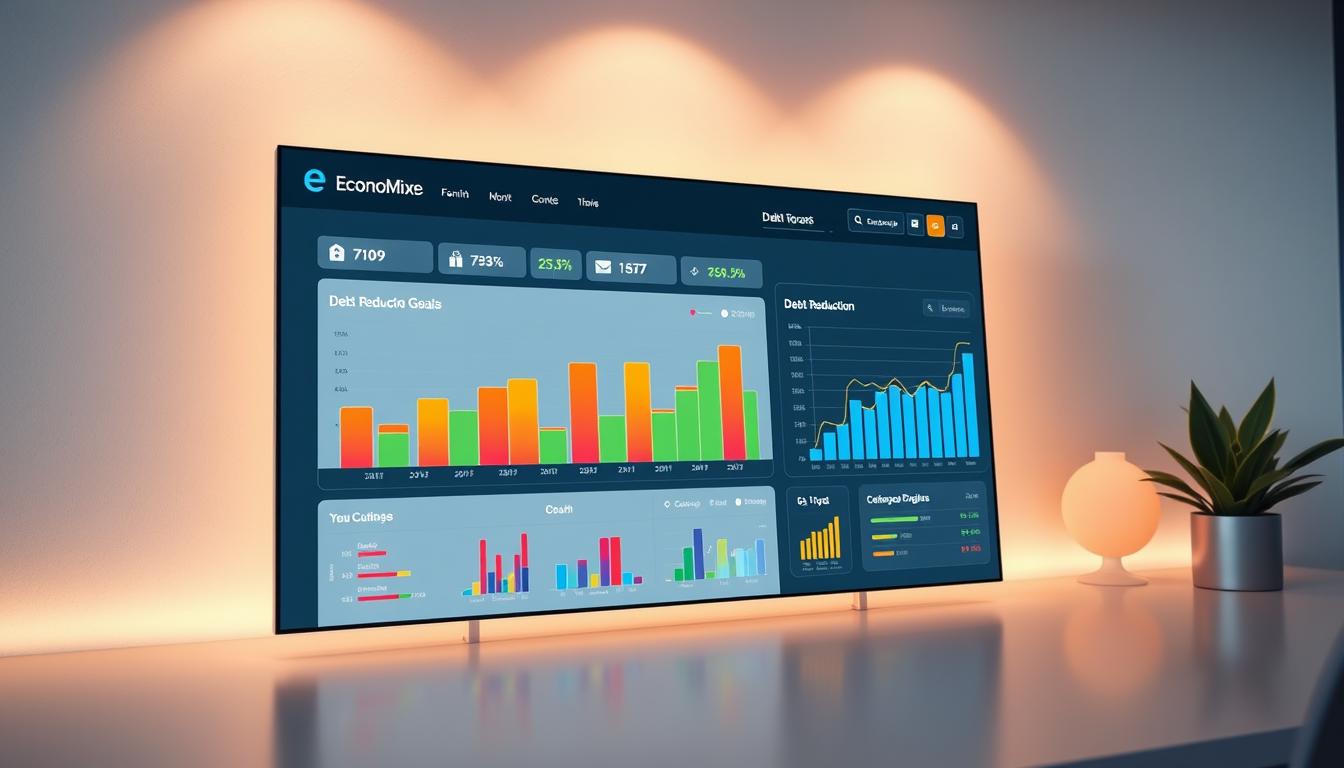
Defining Milestones and Success Metrics
Break large obligations into bite-sized wins. For example, aim to eliminate one store card entirely before tackling larger loans. Track progress monthly using apps or spreadsheets. Seeing $500 disappear from your total debt creates momentum—and proves your strategy works.
Establishing a Realistic Timeline
Align deadlines with your income and expenses. If you earn $4,000 monthly, allocating $600 to payments might strain your budget. Instead, start with $300 and increase it quarterly. Schedule biweekly check-ins to celebrate progress or adjust targets. Time-bound goals prevent burnout while keeping you accountable.
- Link milestones to income fluctuations (bonuses, side jobs)
- Use visual trackers like debt payoff charts
- Reward small victories without overspending
Revisit your budget every 90 days. Life changes—raises, emergencies, new expenses—require flexible repayment plans. Consistency beats perfection: even $50 extra monthly shaves years off some timelines.
How to create a long-term plan to pay off your personal debts
Your financial journey isn’t one-size-fits-all—effective debt solutions match your unique circumstances. Start by evaluating cash flow patterns and existing obligations. This ensures your chosen method doesn’t strain daily expenses while targeting high-cost balances.
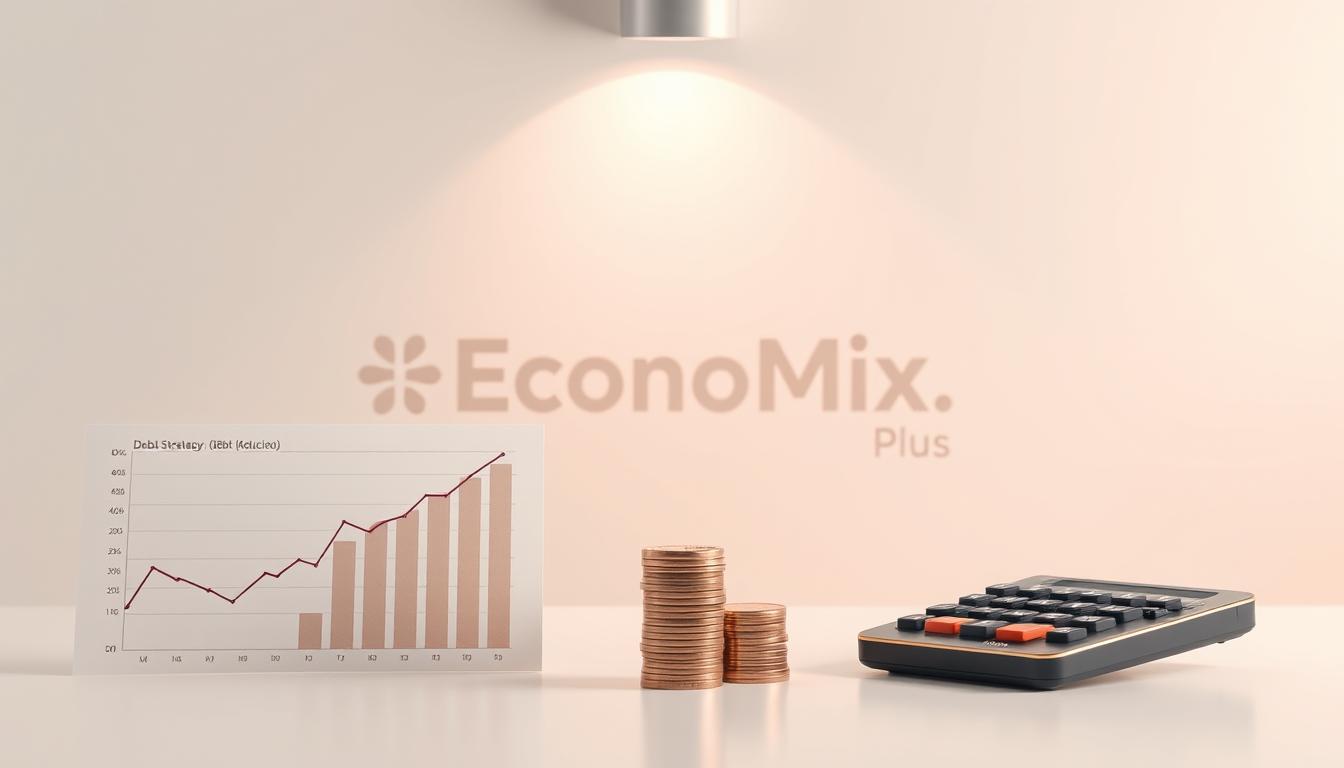
Choosing a Strategy That Fits Your Financial Reality
Two paths dominate debt repayment: self-managed plans or professional guidance. DIY methods work if you have steady income and organizational skills. For complex situations, credit counseling offers structured options with negotiated lower interest rates.
Compare financial products carefully. A personal loan at 8% APR might save money versus credit cards charging 22%. Use this table to assess common solutions:
| Strategy | Interest Impact | Flexibility |
|---|---|---|
| Debt Consolidation Loan | Fixed rate (6-18%) | Single payment |
| Balance Transfer Card | 0% intro APR (12-18 mos) | Requires strong credit |
| Debt Management Plan | Negotiated rates (7-12%) | Third-party oversight |
Avoid schemes promising guaranteed returns through investments. Focus on practical loan terms and repayment timelines. For example, paying $450 monthly on a $10,000 debt at 15% interest clears it 14 months faster than minimum payments.
Prioritize options that reduce total interest without compromising essentials. If a strategy requires skipping meals or utilities, it’s unsustainable. Test different approaches for 30 days—adjust as needed until payments feel challenging but achievable.
Exploring Debt Repayment Methods
Two proven strategies dominate the debt payoff conversation: avalanche and snowball. Each tackles obligations differently, balancing math and mindset. Your choice depends on whether numbers or motivation drive your progress.
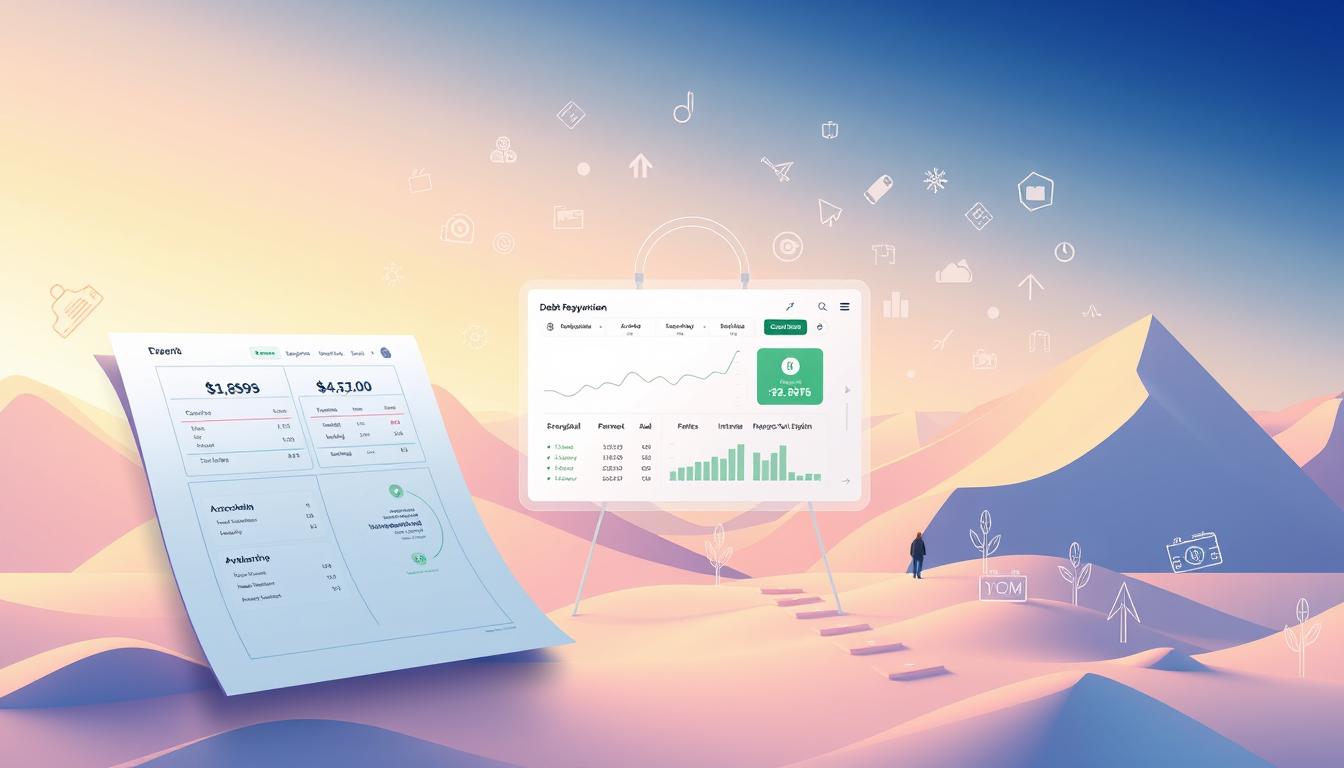
Comparing the Avalanche and Snowball Approaches
The avalanche method targets debts with the highest interest rates first. For example, a $3,000 credit card balance at 24% APR costs more monthly than a $10,000 student loan at 6%. By eliminating high-interest debts early, you save money over time.
Snowball flips the script. It focuses on wiping out your smallest balances first—even if they have lower rates. Knocking out a $500 medical bill in two months creates a psychological win. This momentum fuels persistence for larger challenges.
- Avalanche: Saves more on interest, ideal for disciplined planners
- Snowball: Builds confidence through quick victories, great for habit-building
Deciding Which Method Matches Your Motivation
Research shows snowball users stick with their repayment plan longer. Why? Early success reinforces commitment. But if you’re laser-focused on numbers, avalanche’s interest savings might appeal more.
Test both strategies using your current debts. If paying off a $200 store card first keeps you engaged, snowball wins. If slashing a 29% APR loan feels urgent, prioritize avalanche. There’s no universal answer—only what sustains your effort.
| Factor | Avalanche | Snowball |
|---|---|---|
| Focus | High interest rates | Small balances |
| Best For | Number-crunchers | Motivation seekers |
| Impact | Long-term savings | Quick momentum |
Mix methods if needed. Pay minimums on all debts, then channel extra cash toward your chosen target. Flexibility beats rigidity—adjust as your financial energy shifts.
Crafting a Sustainable Budget
Your financial turnaround starts with a budget that bends but doesn’t break. Unlike restrictive plans, sustainable systems adapt to life’s surprises while keeping debt payments on track. The goal? Design a framework that works even when unexpected costs arise.

Building Your Financial Blueprint
Zero-based budgeting assigns every dollar a job—no exceptions. Start by listing monthly income, then allocate funds to essentials and debt payments. If you earn $3,500, $2,200 might cover rent and utilities. What’s left? Assign amounts to groceries, transportation, and minimum credit card payments first. Envelope systems take this further—cash for each category stays in labeled folders. Overspend on dining out? You’ll see the envelope empty fast.
Spotting Hidden Savings
Track every coffee run and streaming subscription for 30 days. Apps like Mint auto-categorize expenses, revealing patterns. One user found $180/month in forgotten app subscriptions—money they redirected to a high-interest store card. Small cuts add up: packing lunches saves $150 monthly, enough to pay off a $900 medical bill six months faster.
Prioritize debts while keeping essentials intact. Always cover minimum payments to avoid penalties, but throw extra cash at high-rate balances. A $300 monthly budget surplus could eliminate a $2,000 credit card debt in 8 months instead of 3 years. Tools like YNAB help adjust spending in real time, turning guesswork into progress.
Considering Debt Consolidation and Relief Options
Streamlining multiple debts into one manageable payment could be your next strategic move. Consolidation simplifies your financial landscape by merging various balances into a single obligation. But not all solutions fit every situation—careful evaluation prevents costly mistakes.
Evaluating Debt Consolidation Loans and Balance Transfers
Debt consolidation loans combine multiple payments into one, often with lower interest rates. A lender might offer 7% APR versus credit cards charging 22%. Balance transfers move high-interest debts to cards with 0% introductory rates. Both options reduce fees and simplify tracking.
| Strategy | Interest Impact | Fees |
|---|---|---|
| Consolidation Loan | Fixed rate (5-18%) | Origination fees (1-5%) |
| Balance Transfer | 0% intro APR (12-21 mos) | 3-5% transfer fee |
Negotiating with Creditors for Better Terms
Your current lender might adjust terms if you communicate financial hardships. Request lower interest rates or waived late fees. Always compare offers from multiple lenders—hidden costs like prepayment penalties can undermine savings.
Review every contract thoroughly. A debt consolidation plan should align with your budget without stretching payments beyond five years. Test the new payment amount for 30 days before committing. Flexibility keeps you in control while tackling obligations systematically.
Leveraging Extra Income and Cutting Unnecessary Costs
Boosting your income while trimming everyday costs creates a powerful combo for debt freedom. Small changes here add up fast—think of it as financial multiplication. You’ll free up cash to attack balances without sacrificing essentials.
Fuel Your Progress With Flexible Income Streams
A side hustle turns spare time into money for debt payments. Popular options include:
- Freelance writing or graphic design (Upwork, Fiverr)
- Ride-sharing or delivery gigs (Uber, DoorDash)
- Selling unused items on Facebook Marketplace
Even 5 hours weekly at $20/hour generates $400 monthly—enough to erase a $2,000 credit card balance in 5 months.
Slash Recurring Expenses Strategically
Review monthly bills like a detective. Use this table to identify savings:
| Expense | Average Savings | Action Steps |
|---|---|---|
| Internet/Cable | $30-$60/month | Negotiate rates or switch providers |
| Groceries | $200/month | Meal plan + store brands |
| Subscriptions | $15-$45/month | Cancel 2 unused services |
Combine these cuts with an effective budget to maximize impact. Redirect every saved dollar to high-interest debts first.
Smart credit card management matters too. Transfer balances to cards with 0% intro APR offers if your score allows. Revisit living expenses quarterly—what seemed essential last year might now be negotiable.
Utilizing Credit Counseling and Professional Support
Navigating financial challenges alone can feel overwhelming—but expert guidance lights the path forward. Nonprofit credit counseling agencies provide tools to simplify repayment without risky shortcuts. Their focus? Empowering you with strategies that protect your financial health while tackling obligations systematically.
Finding Reputable, Nonprofit Credit Counselors
Not all counseling services operate equally. Legitimate agencies hold certifications from groups like the National Foundation for Credit Counseling. Verify their nonprofit status through your state’s attorney general website before sharing personal details.
| Agency Type | Services Offered | Typical Fees |
|---|---|---|
| Nonprofit | Budget reviews, debt management plans | $0-$50 setup |
| For-Profit | Debt settlement, bankruptcy filing | 15-25% of debt |
Free initial consultations let you test their approach. Ask about counselor qualifications and success rates with cases like yours. Avoid firms pushing high-interest personal loans as solutions—nonprofits prioritize education over profits.
Benefits of a Structured Debt Management Plan
A certified counselor negotiates lower interest rates with creditors, often reducing monthly payments by 30-50%. These plans consolidate multiple debts into one fixed payment, simplifying tracking. Consistent on-time payments also rebuild your credit score over time.
- Customized timelines align with income fluctuations
- Creditors may waive late fees or penalties
- Financial workshops teach lasting money habits
Remember: Transparency matters. Review every agreement thoroughly before enrolling. Reputable agencies update progress reports quarterly, letting you see balances shrink in real time.
Monitoring Progress and Adjusting Your Plan
Financial success isn’t set in stone—it’s shaped by ongoing attention and refinement. Regular reviews transform rigid plans into flexible tools that adapt to life’s surprises. This phase ensures your efforts stay aligned with shifting priorities and opportunities.
Tracking Credit Score Improvements and Progress
Your credit score reflects the health of your repayment journey. Check your credit report quarterly for errors or unexpected changes. Free services like Credit Karma provide real-time updates, letting you spot improvements in payment history or reductions in credit utilization.
Watch for interest rate drops as your score climbs. A 50-point increase could qualify you for better loan terms, saving hundreds annually. Set monthly reminders to review accounts—consistent payments build momentum while guarding against missed deadlines.
Revisiting and Adapting Your Budget Regularly
Life evolves, and so should your budget. Compare actual spending to projections every 30 days. Did a raise free up extra cash? Redirect it to high-interest rate debts. Unexpected medical bills? Temporarily adjust payments while maintaining minimums.
Use apps like You Need A Budget to automate tracking. One user slashed grocery costs by 20% after noticing overspending—freeing $120 monthly for debt reduction. Quarterly credit report reviews paired with budget tweaks keep your plan agile and effective.
Celebrate milestones, then recalibrate. Progress isn’t about perfection—it’s about staying responsive. Small, informed changes compound into lasting financial freedom.
Conclusion
Breaking free from debt requires consistent action paired with smart strategy. Start by analyzing your total obligations—knowing exact balances and interest rates helps prioritize payments. Whether tackling a $15,000 loan or multiple credit cards, combining methods like avalanche payments with budget adjustments creates momentum.
Track progress through monthly check-ins and credit score improvements. One family erased $8,000 in medical debt by redirecting side hustle income and negotiating lower interest rates. Their secret? Sticking to a plan that evolved with life changes.
Professional guidance matters. Nonprofit counselors can secure reduced rates or consolidate payments, saving years of stress. Remember: every dollar saved on interest accelerates your freedom.
Begin today. Adjust your budget to attack high-cost debts first, celebrate small wins, and avoid risky shortcuts. With focus and flexibility, you’ll transform overwhelming balances into measurable victories—one payment at a time.

